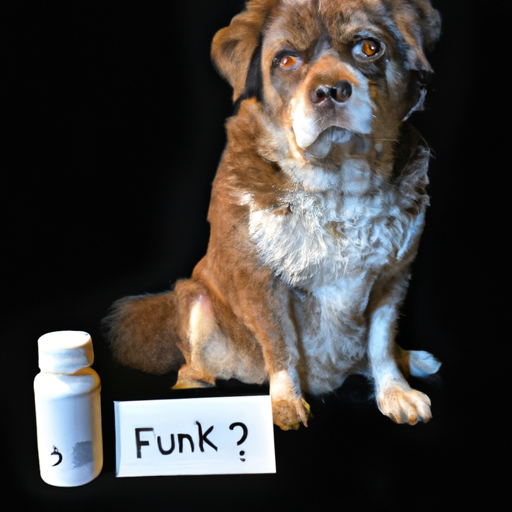1. Introduction to Fluoxetine
You might have found yourself wondering, “What is Fluoxetine used for in dogs?” Well, you’re not alone. Fluoxetine, commonly known as Prozac, is a drug primarily used in humans for treating depression, obsessive-compulsive disorder (OCD), and a few other mental conditions. But did you know it’s also used in veterinary medicine? Yes, your faithful four-legged friend may be prescribed this medication under certain circumstances.
2. The Role of Fluoxetine in Canine Healthcare
Fluoxetine is a selective serotonin reuptake inhibitor (SSRI). In simple terms, it helps in managing certain behavioral conditions in dogs by affecting the serotonin levels in the dog’s brain. Serotonin is a neurotransmitter that plays a crucial role in mood and behavior. Here are some of the main reasons your vet might prescribe Fluoxetine for your dog:
- Separation anxiety: Dogs who become extremely anxious or destructive when left alone might benefit from Fluoxetine.
- Obsessive-compulsive behavior: Does your dog chase his tail excessively, or obsess over certain toys? Fluoxetine might be of help.
- Aggression: If your dog displays aggressive behavior, Fluoxetine may be part of the treatment plan.
3. Tips for Administering Fluoxetine to Your Dog
As a responsible caregiver, you’ll want to be sure you’re administering this medication correctly. Here are some key points to remember:
- Always follow your vet’s instructions. Dosage can vary depending on your dog’s size, breed, and health condition.
- Don’t abruptly stop giving your dog Fluoxetine without consulting your vet. This could lead to withdrawal symptoms.
- Monitor your dog closely for side effects, which could include changes in appetite, lethargy, or unusual behavior.
4. Potential Side Effects and Interactions
Being aware of potential side effects and drug interactions is an important part of caring for a dog on Fluoxetine. Here’s a quick overview:
| Potential Side Effects | Possible Drug Interactions |
|---|---|
| Changes in appetite | Certain anti-fungal medications |
| Lethargy or hyperactivity | Other SSRIs or MAOIs |
| Unusual aggression | Certain pain or anti-inflammatory medications |
5. Frequently Asked Questions
Q: How long does it take for Fluoxetine to start working in dogs?
A: It can take several weeks for the full effects to be noticed.
Q: Can I give my dog Fluoxetine if he’s on other medications?
A: Always consult your vet before starting any new medication. Fluoxetine can interact with certain other drugs.
Q: My dog seems lethargic since starting Fluoxetine. Is this normal?
A: Some dogs may experience side effects such as lethargy or changes in behavior. If you’re concerned, contact your vet.
Remember, Fluoxetine isn’t a silver bullet for behavioral issues. It should be used as part of a comprehensive treatment plan that includes training and behavior modification. As always, if you have any concerns, reach out to your vet for guidance.



